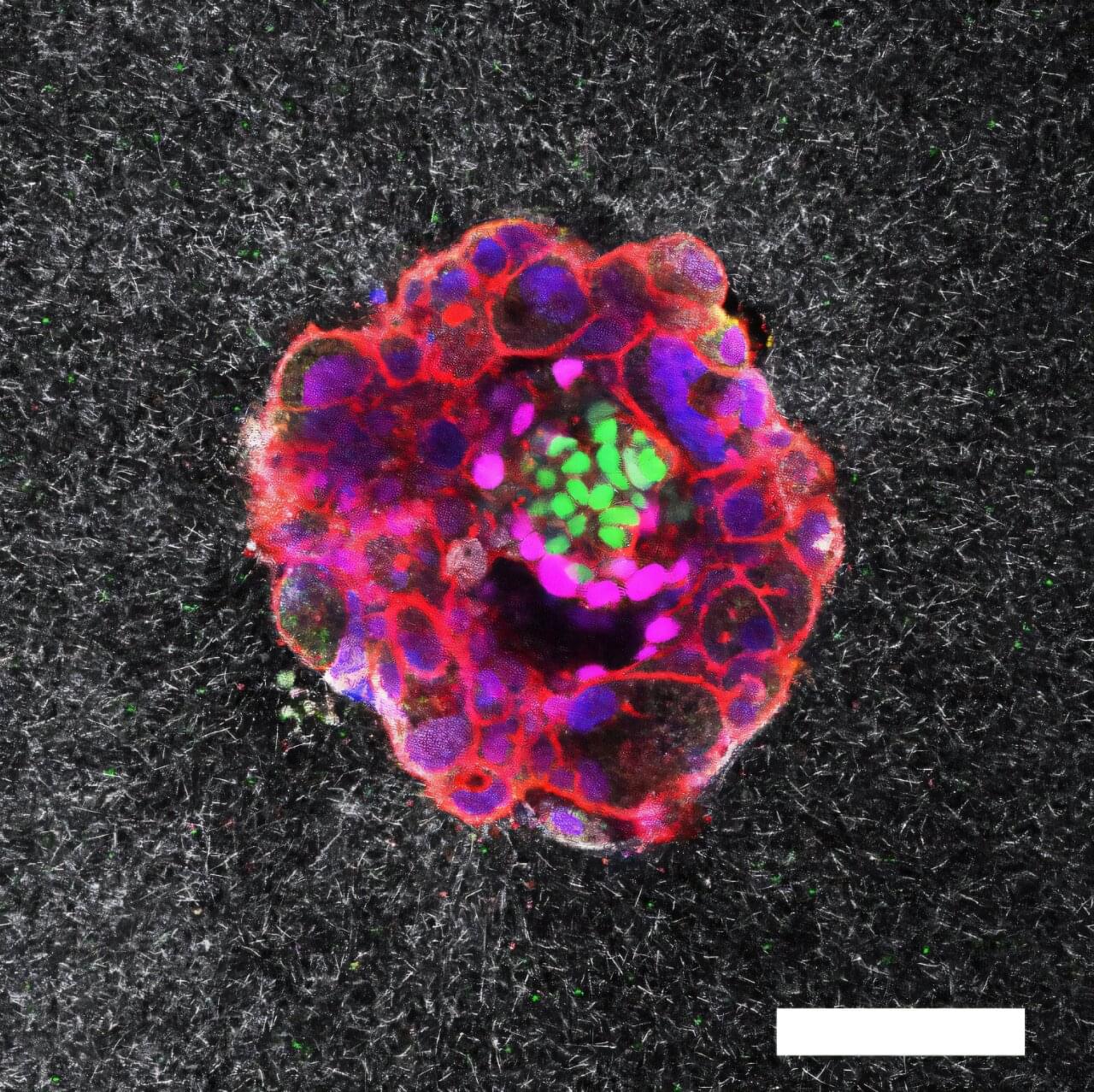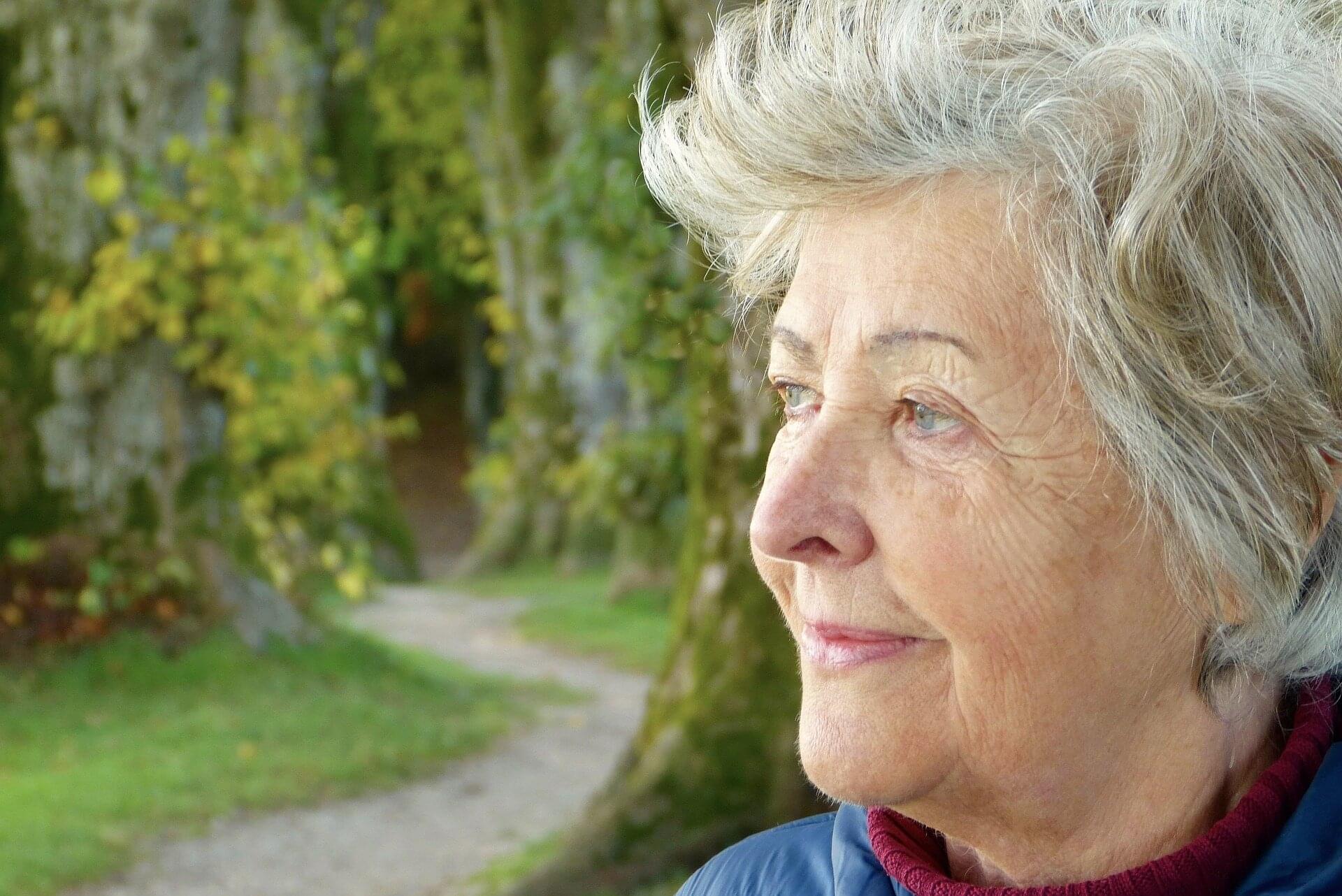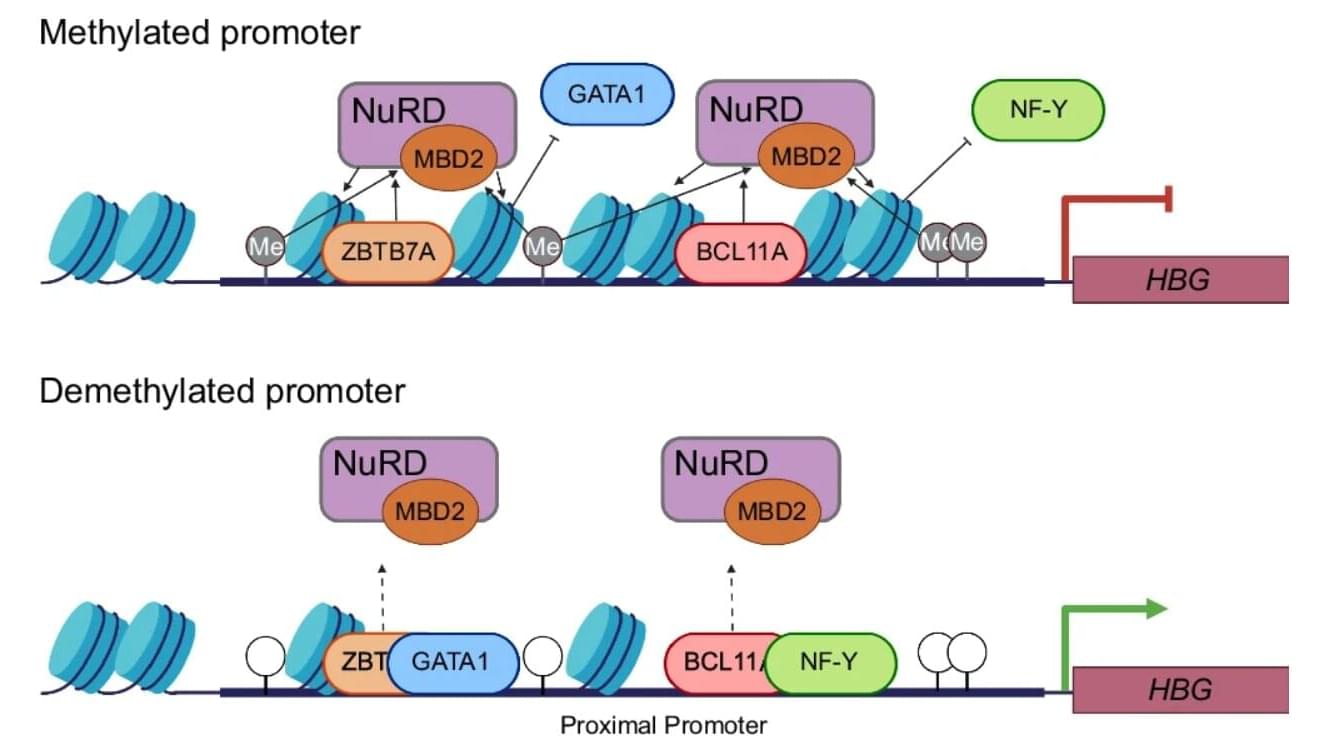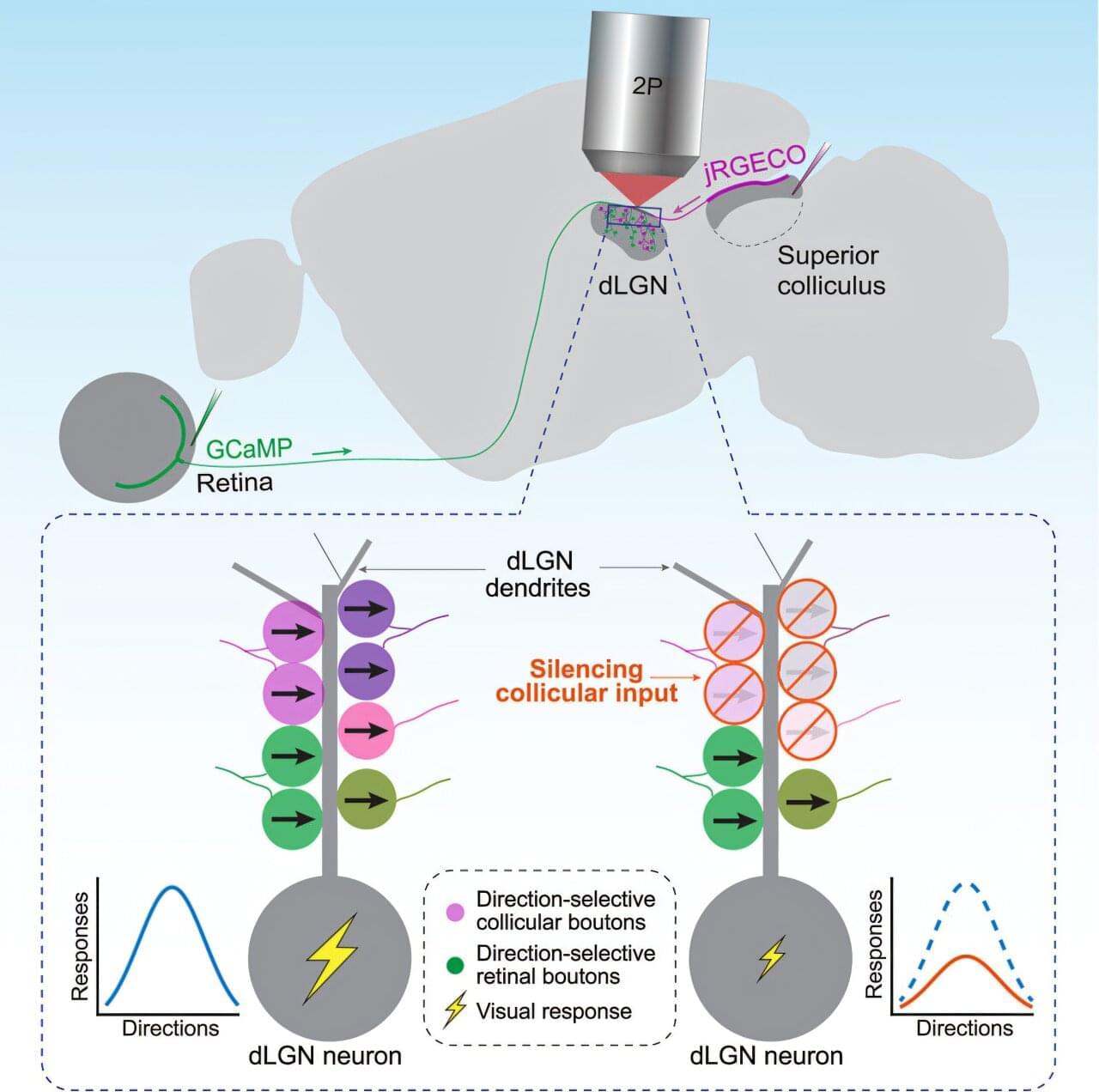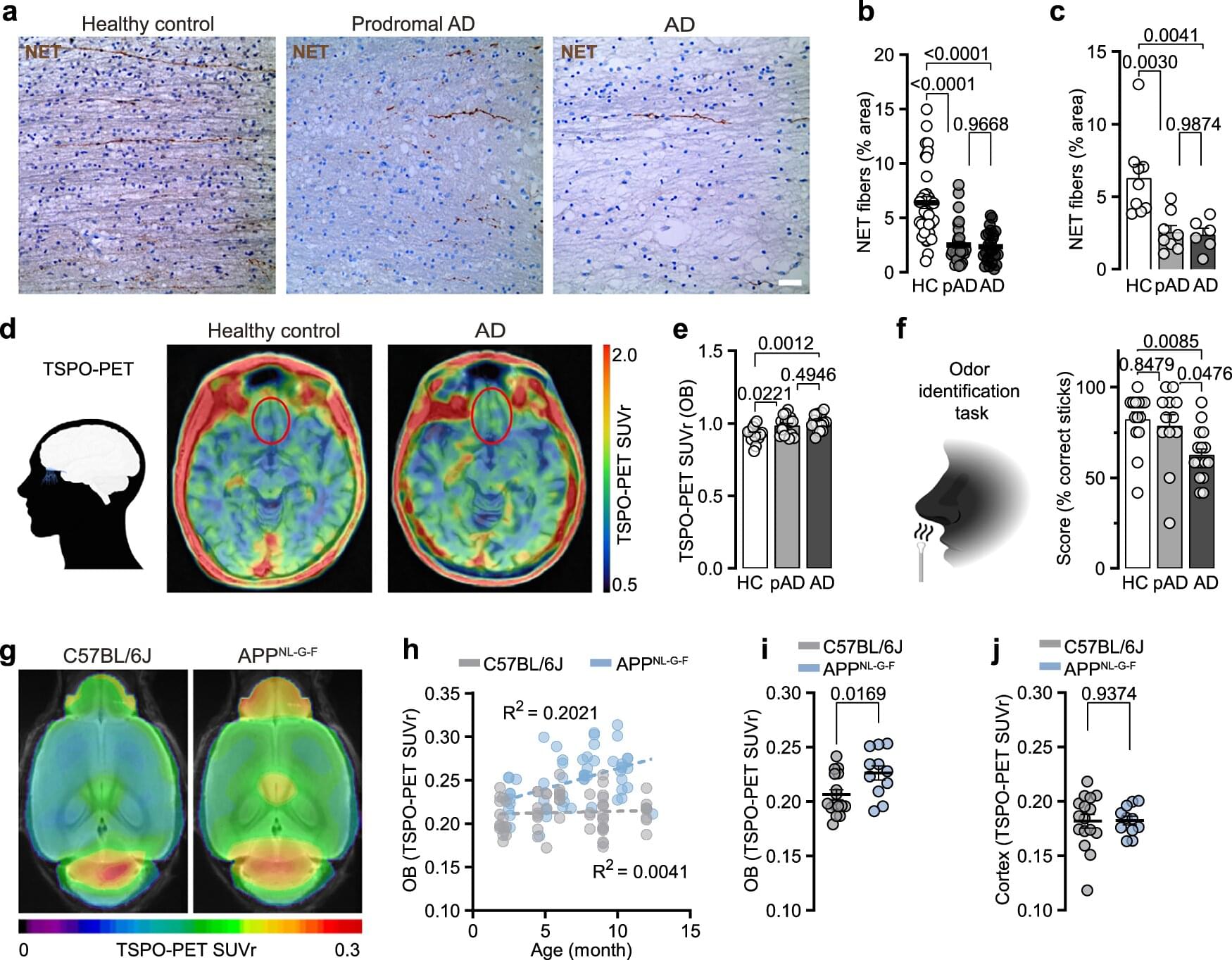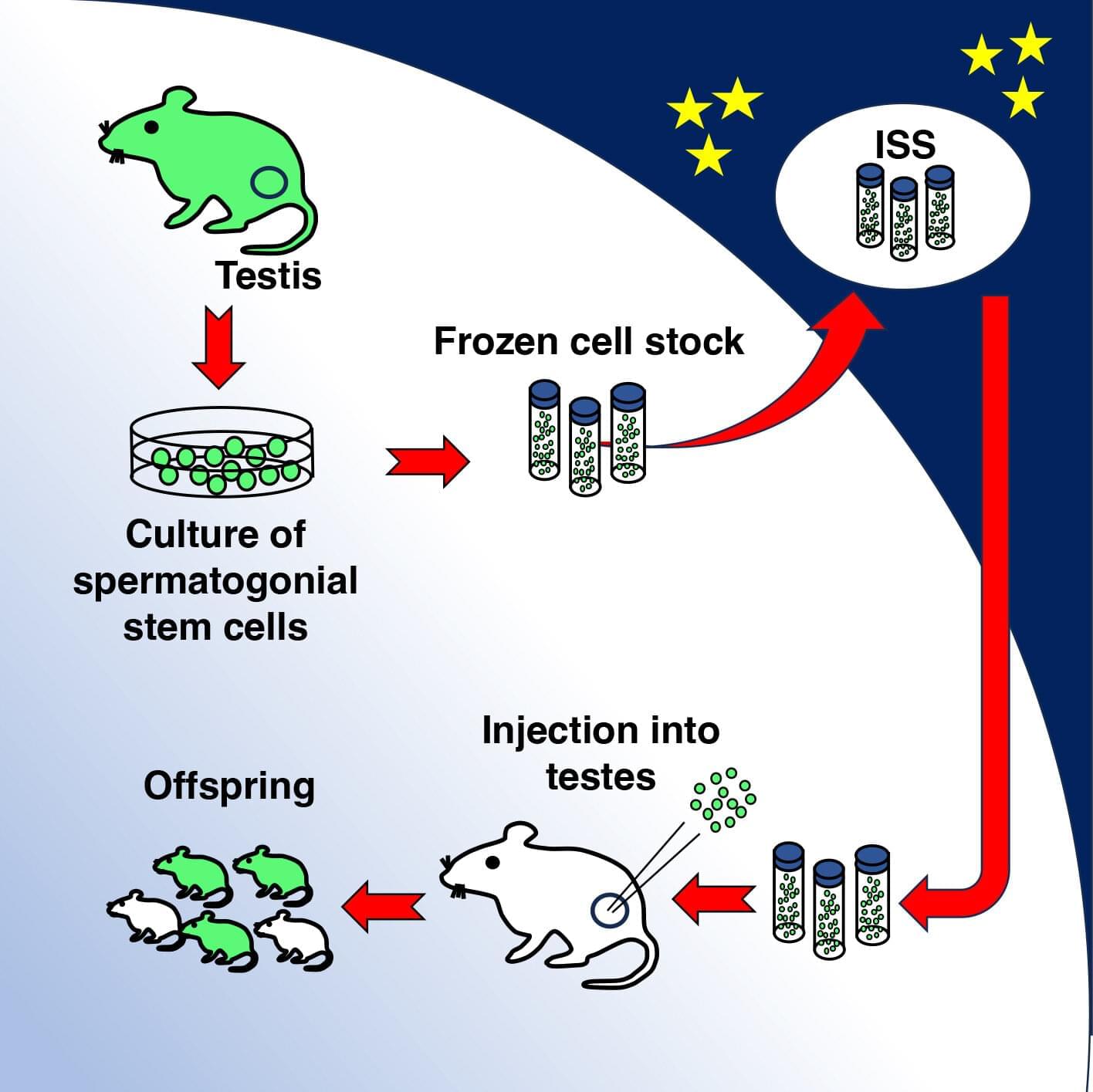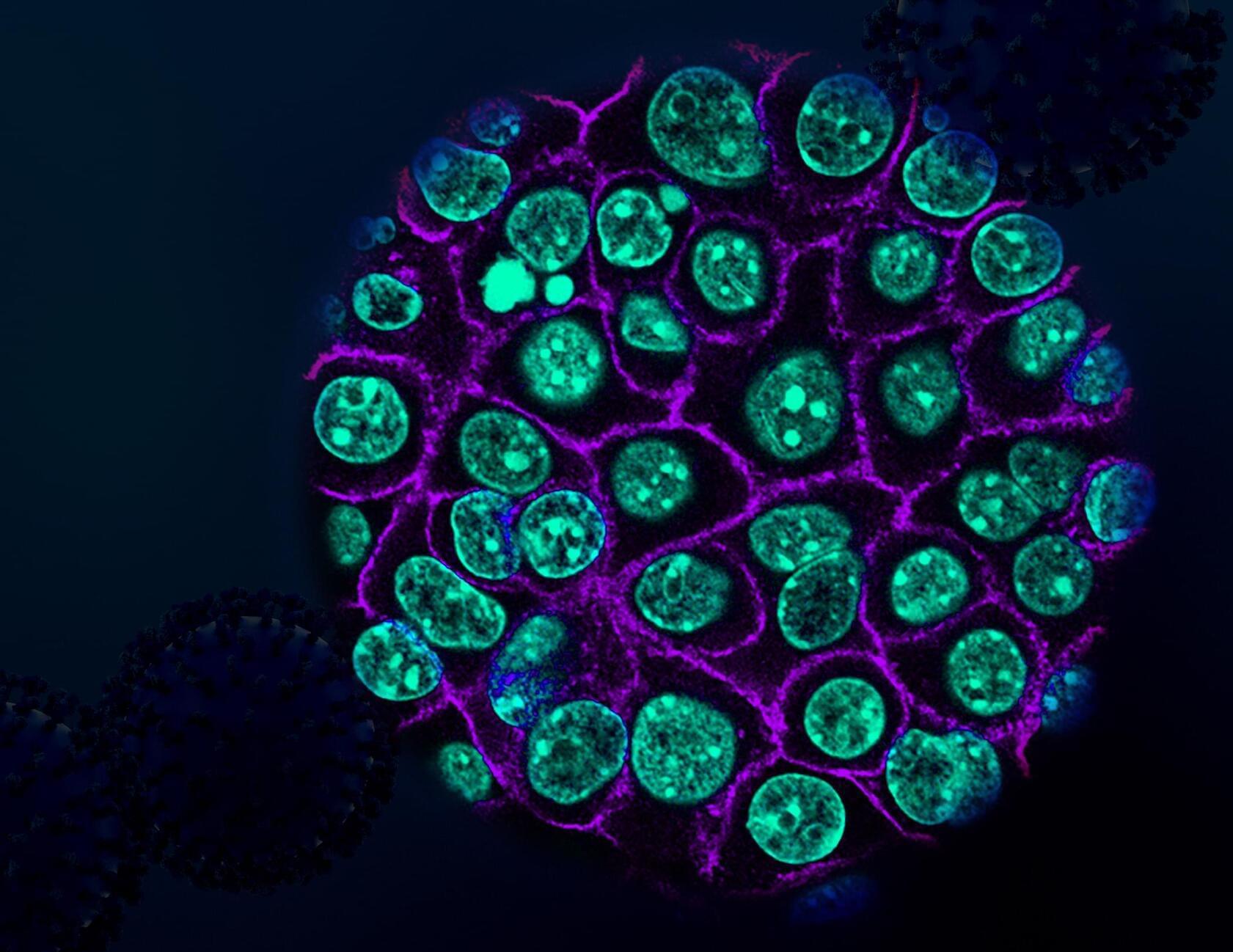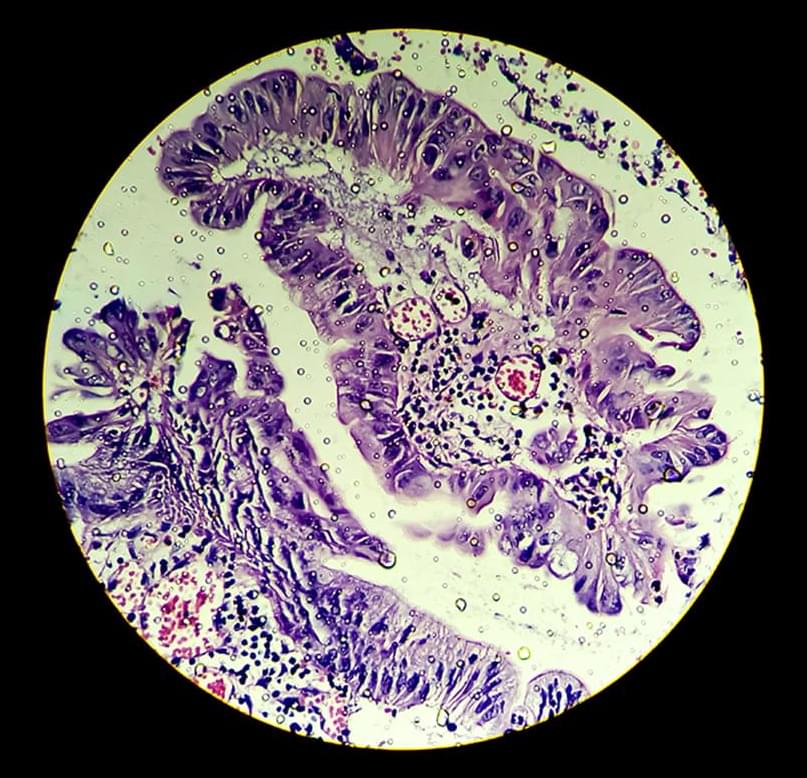Hugh Rogers, CEO of BioNxt Solutions, commented: Our team is dedicated to advancing targeted chemotherapy delivery technology to help improve the standard of care for cancer patients.
We look forward to sharing further updates as the programme moves forward.
Unlike conventional chemotherapy, which circulates toxic agents system-wide, BioNxt’s proprietary targeted drug delivery system (TDDS) uses a dual-action mechanism that zeroes in on tumours while safeguarding healthy cells.
Once the drug reaches the tumour environment, it becomes activated and begins releasing its chemotherapeutic payload. Meanwhile, any drug molecules that stray beyond the tumour are rapidly neutralised, only to be reactivated if they re-enter the tumour zone.
BioNxt Solutions unveils a revolutionary chemotherapy delivery platform that targets tumours directly, boosting treatment effectiveness.

